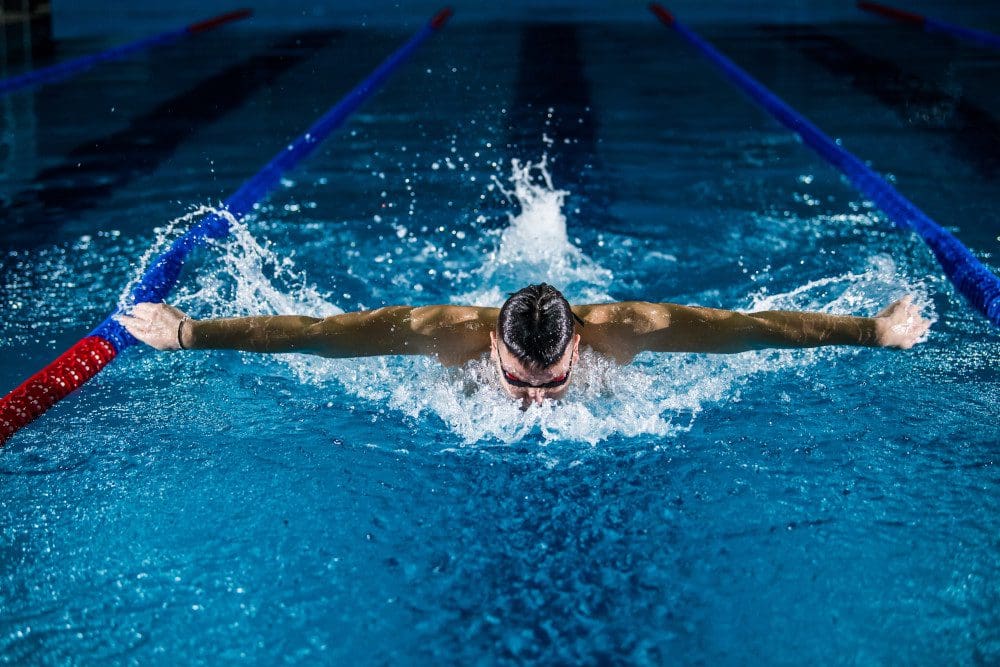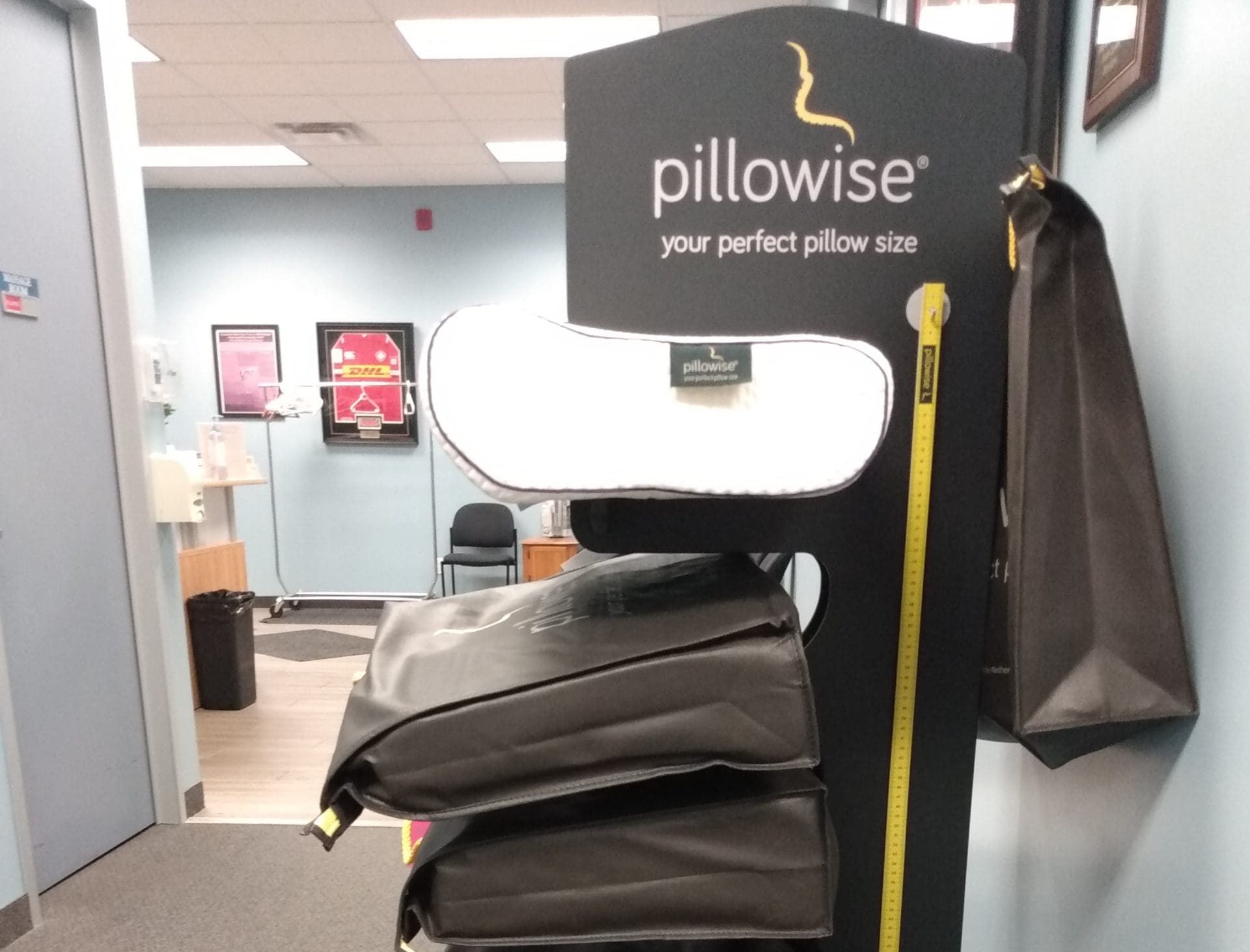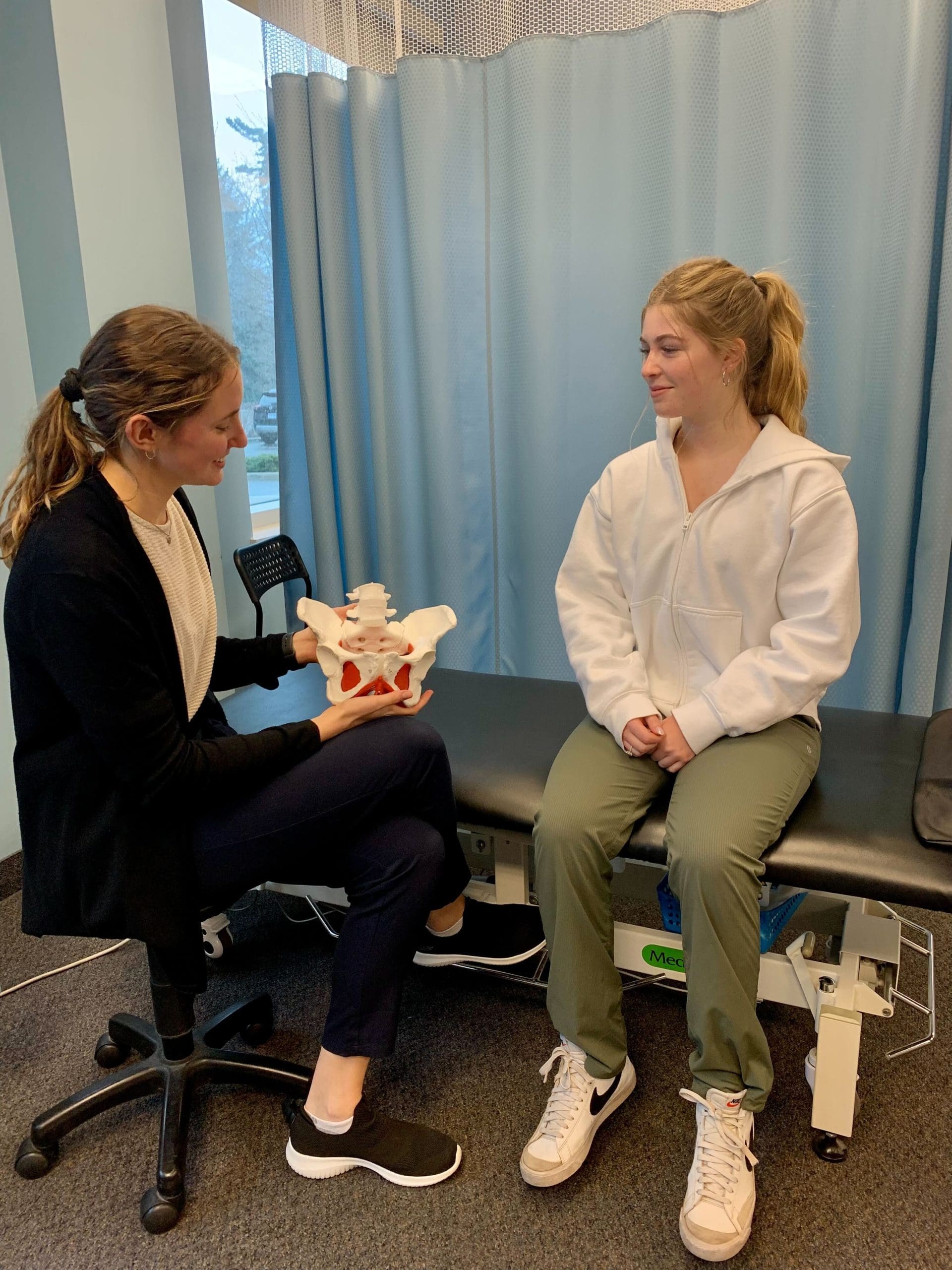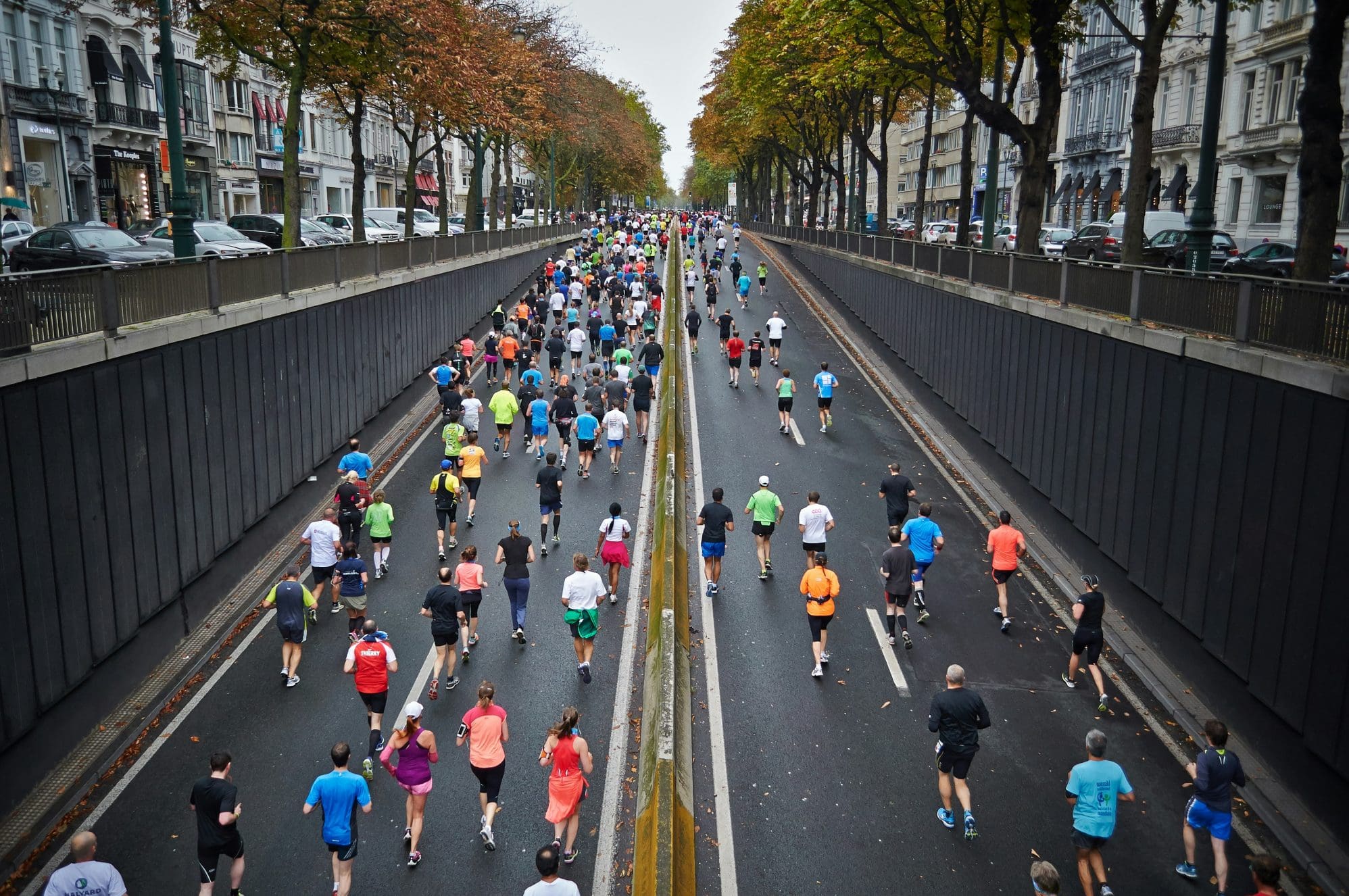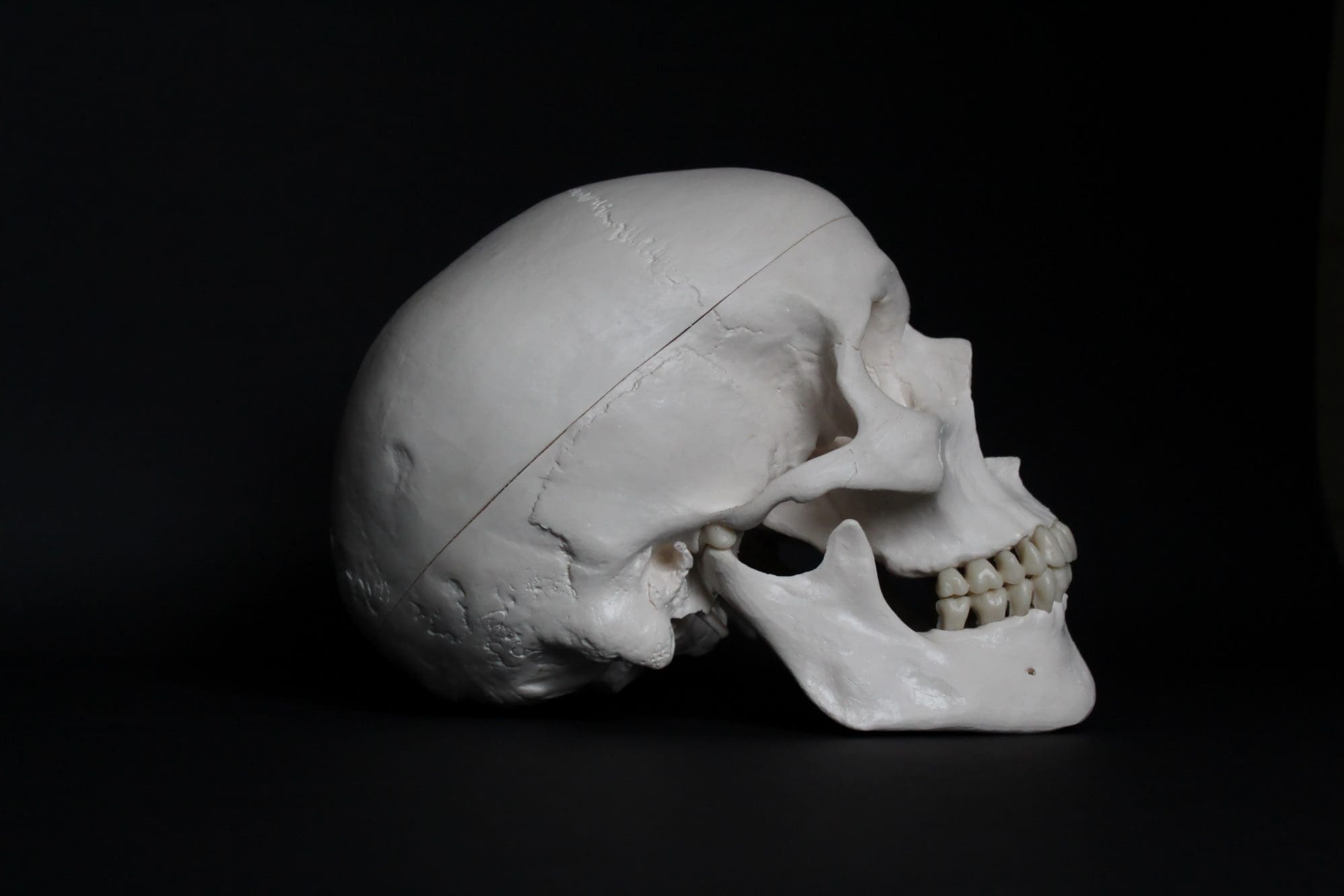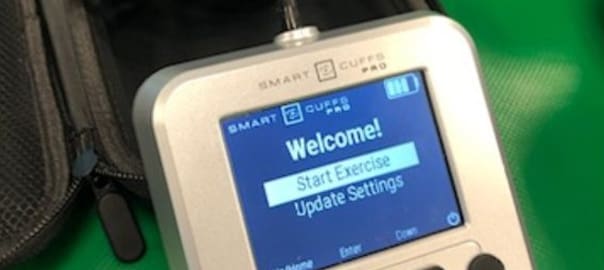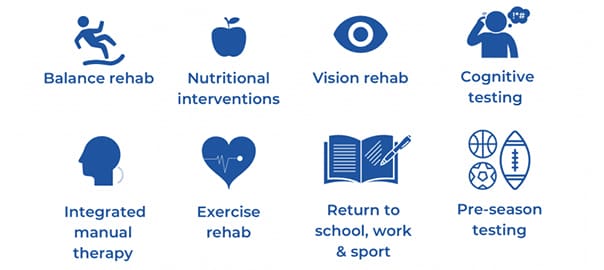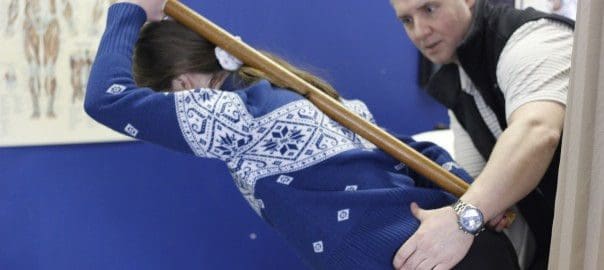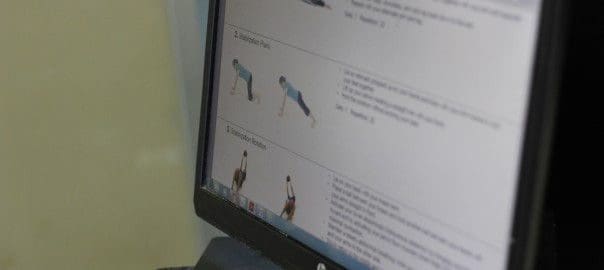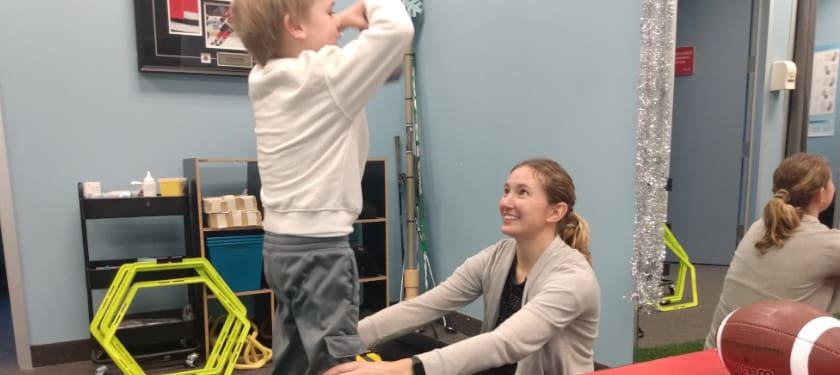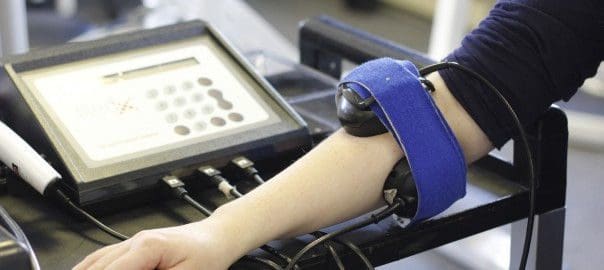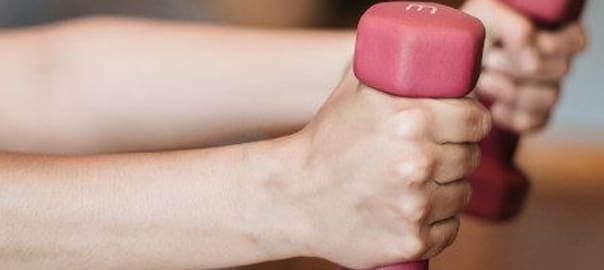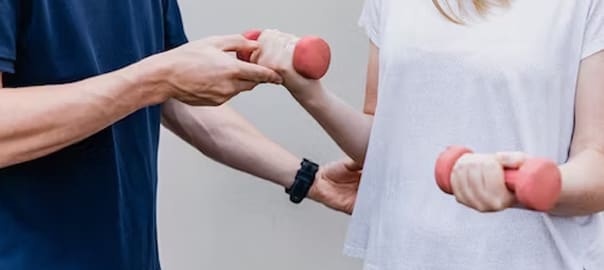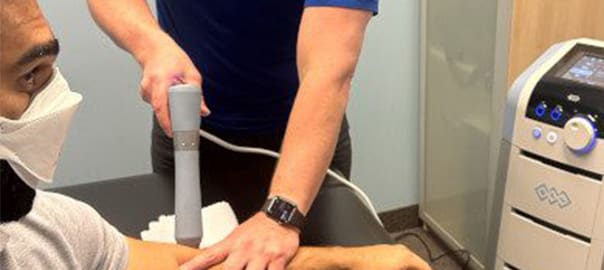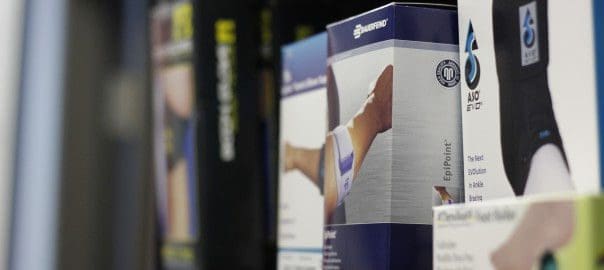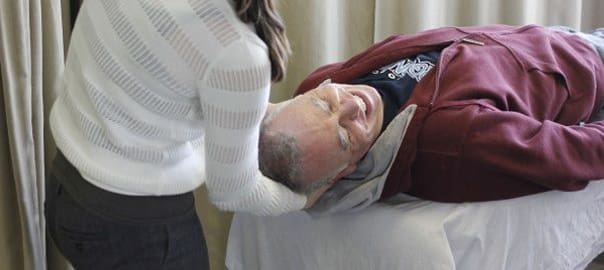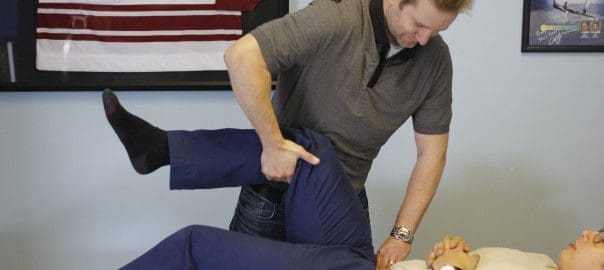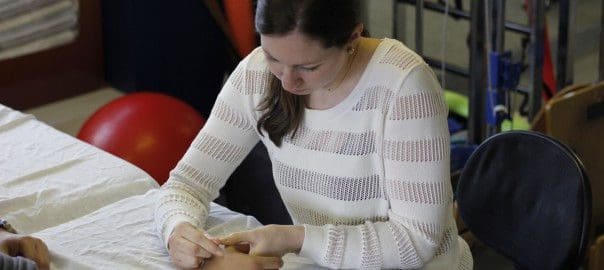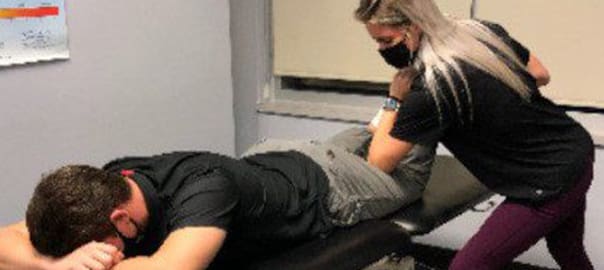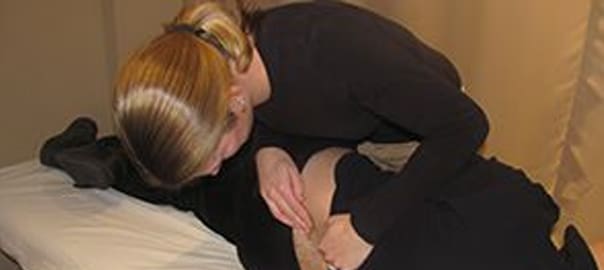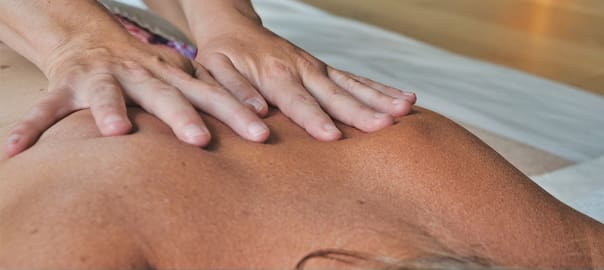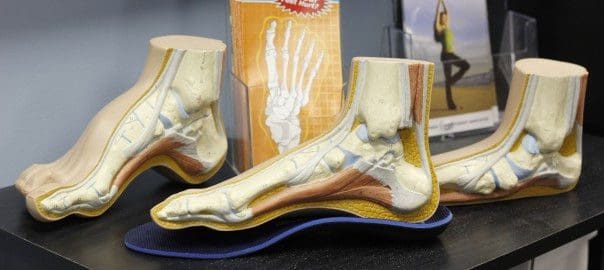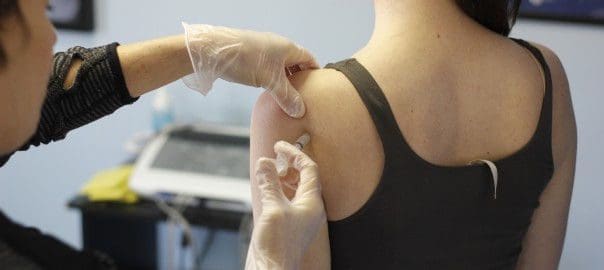With the hot and humid weather ramping up this weekend, many individuals will be wondering how to alter their training so that they can stay active. A review recently came out by Pryor et al., (2013) examine how to maximize athletic performance in the heat. The article discusses a variety of different elements from hydration to clothing with practical tips from which athletes of all levels could benefit.
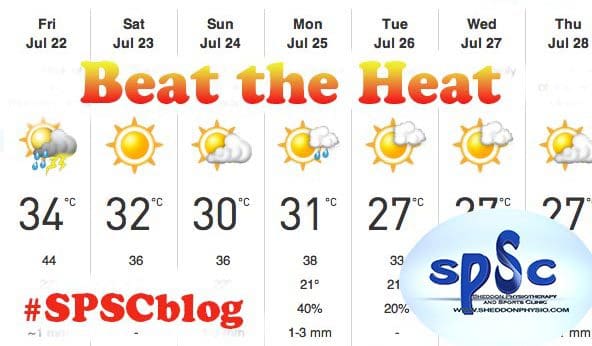

Note: Are you an athlete or a weekend warrior living in Oakville or Burlington and you know you do not perform at your peak? Check with our physiotherapists from the Oakville and Burlington physio clinics.
Hydration
Sweating is the body’s main defense against overheating while exercising. Excessive sweating can lead to dehydration, if fluids are not replenished, which in turn will lead to an increase in body temperature, as the body can no longer effectively regulate its temperature. This increased strain on the body can have a negative impact on athletic performance in terms of strength, power and endurance. Unfortunately, thirst is not an adequate predictor of hydration. The best way to know if you are hydrating yourself properly is to weigh yourself before and after exercise in order to gauge how much water you are losing. Roughly 1 lb. of weight loss represents 450 ml of fluid loss. As your stomach can only handle so much water at a time without causing gastric issues, guzzling a tonne of water at once isn’t helpful. Be sure to consume 150-250 ml of water every 15 minutes during exercise in the heat to prevent dehydration and gastric issues.
Body Cooling
A variety of different body cooling methods have been examined in the research, such as cold water immersion, neck cooling collars, ice slurry drinks, facial spray and menthol mouth rinses. Research has shown that all of the above methods have their benefits, whether used prior to exercise or during; however, the exact mechanisms remain unclear. It is possible that these methods decrease one’s core temperature, allowing for a longer period of exercise without added physiological strain from the heat. Practical tips: plan ahead of time, have a cooler on the sideline with ice slurry drinks and ice towels. If you are running a race, pre-cooling (e.g., an ice cold bath) may be beneficial and/or have someone meet you halfway with an ice slurry drink.
Heat Acclimatization
Running in the August heat always feels a lot easier than your first hot run in June. Your body will naturally adapt to training in hot environments, and repeated bouts of exercise in the heat will improve ones tolerance and physiological capacity. Studies have shown that it takes roughly 10-14 days (longer for children) to acclimatize to exercising in the heat. The first several training days should be light and last only 20 minutes. The length of training and intensity can increase thereafter. Be aware that benefits of acclimatization will be lost after 6 -10 days of training at cooler temperatures.
Protective Equipment and Clothing
Research has shown that the first few days of football training camps experience the most heat related injuries. This is partially related to the athletes not being acclimatized to the heat, with the added strain of having to wear football equipment, which in turn prevents cooling and increases heat production. The first few days of practice in hot weather for sports such as football should be without equipment and gradually adding equipment for part of the practice after the first 5 days.
Clothing in the heat should be lightweight, light-colored and loose. Although you may be tempted to switch to a dry shirt during halftime, it is pointless, as dry clothes will prolong sweating and cooling.
Signs of Heat Exhaustion
- Thirst;
- Fatigue;
- Grogginess;
- Nausea and vomiting;
- Headache;
- Dizziness;
- General Weakness
If any of these symptoms are felt during exercising in the heat, you should stop, hydrate yourself and move to a cooler environment. Heat exhaustion should be taken seriously, as it can lead to heat stroke. If you’re not used to training in the heat, move your workout indoors.
Pryor et al., (2013). Maximizing Athletic Performance in the Heat. Strength and Conditioning Journal. 35, 24-33.
For more info, contact Sheddon Physiotherapy and Sports Clinics in Oakville and Burlington at 905-849-4576.
We are located only 6 min East of Oakville Place and 4 min East of Whole Foods Market on Cornwall Rd.
The Burlington physio clinic is located only 2 min south of IKEA Burlington and 6 min north of Burlington Golf & Country Club, on Plains Rd East.


